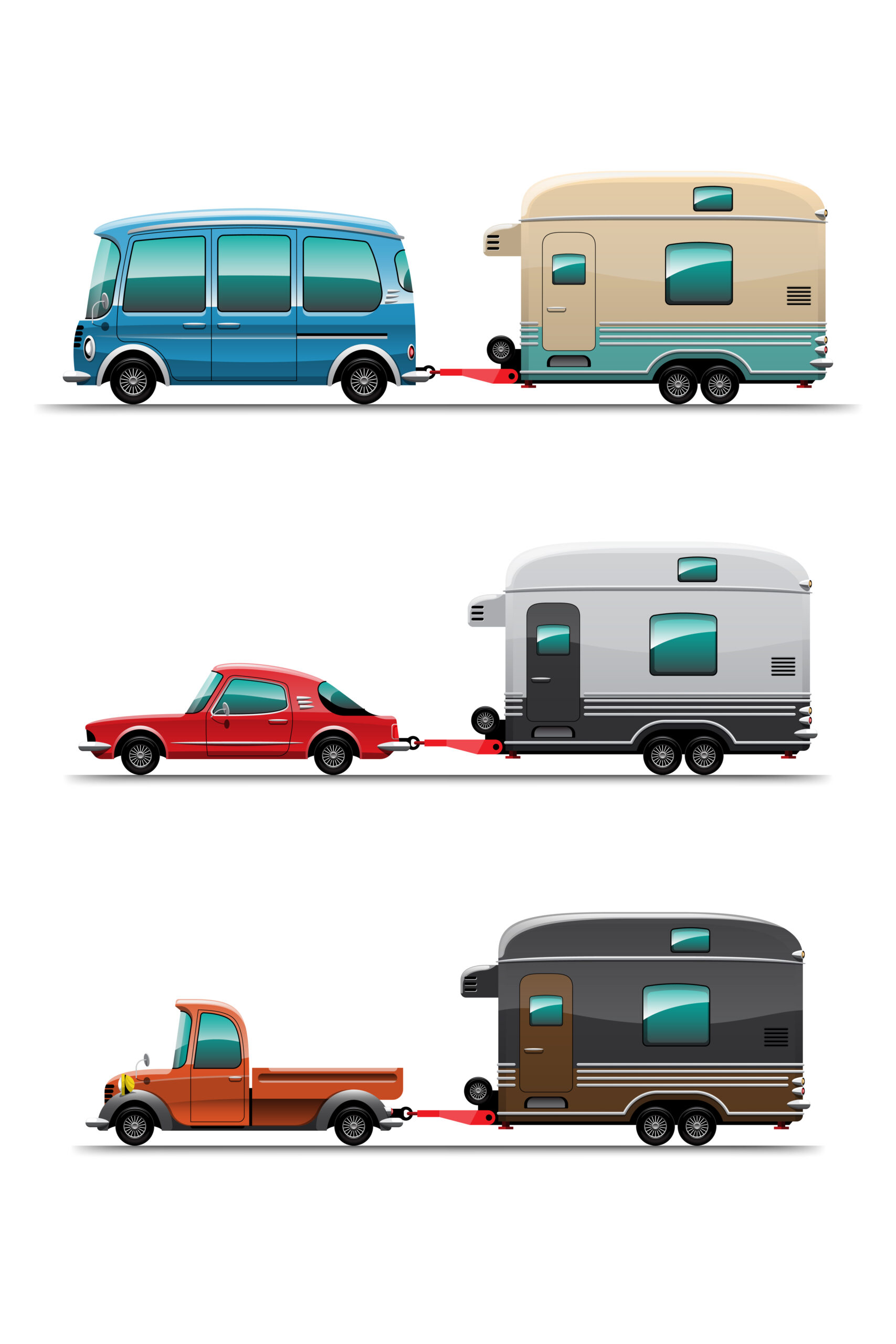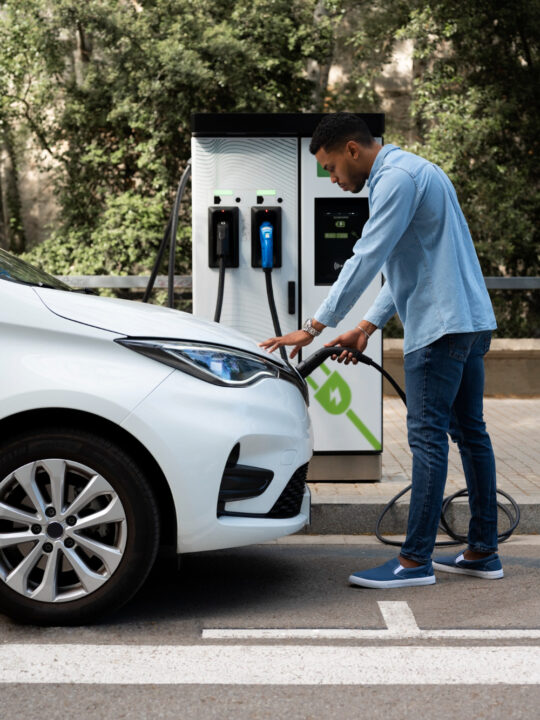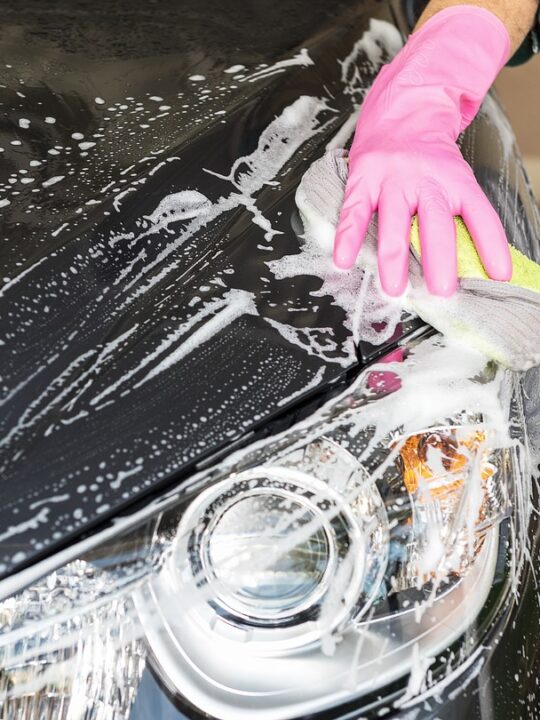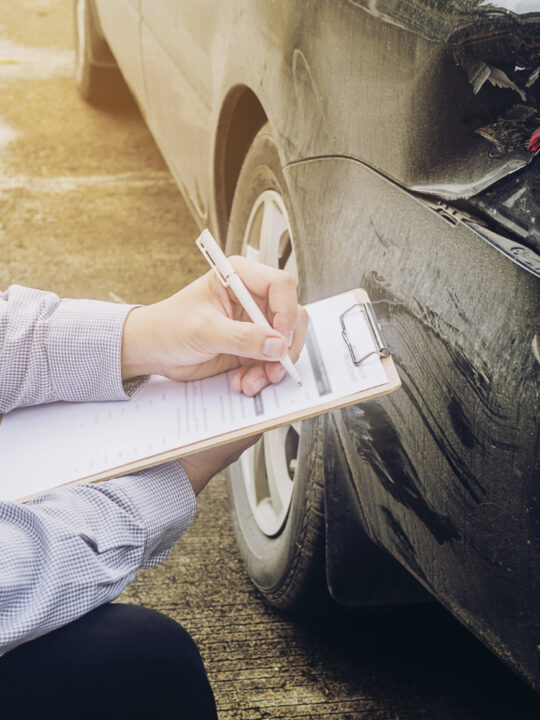 Many RVers love the convenience and luxury features the fifth wheel offers. They also provide a stronger connection with the truck than other trailer types.
Many RVers love the convenience and luxury features the fifth wheel offers. They also provide a stronger connection with the truck than other trailer types.
First, visually inspect the hitch connection to ensure the jaws or locking bar are ready-to-couple. Also, consider installing a lube plate on the trailer kingpin and regularly applying white lithium grease.
Table of Contents
What is a 5th Wheel?
If you’re looking for a spacious and comfortable RV that can be easily towed by a truck, a fifth-wheel trailer is what you need. These trailers are designed to attach to the back of a truck using a specialized hitch system, providing a safe and stable ride for you and your family. The hitch head sits on the truck bed, jaws grabbing a trailer kingpin. A fifth-wheel trailer is an excellent option for people who plan to travel and camp extensively.
A 5th wheel hitch can tow more than other RVs because part of the trailer hangs over the truck bed, allowing for a more robust and safer hitch connection. This hitch style also minimizes sway, which can be dangerous at highway speeds.
Another advantage of a fifth wheel is that it can be disconnected from the towing vehicle for unhitching and driving without any fuss or strain. However, a 5th wheel should only be used by experienced truckers. It is also important to lubricate the hitch regularly and wipe down all parts of it. It will protect the system from dirt and debris, extending its lifespan.
Trailer Hitch
A trailer hitch allows you to haul a trailer behind your vehicle. You can use it for camping, boating, canoeing, and more. Trailer hitches are available in different types and classes but have the same primary function. Make sure you choose a hitch with a high rating and the right size for your trailer and vehicle. You must always stay within your vehicle’s maximum weight capacity when towing. Doing so can cause damage to your engine, transmission, and frame and may void any manufacturer warranties.
The hitch system consists of a square receiver tube into which the ball mount slides and a shank that carries the trailer coupler. The trailer coupler has a pinhole on top that attaches to the hitch ball. Some trailers have a weight distribution hitch that uses spring bars to help keep the trailer level and control when towing. It helps prevent trailer sway, which can occur due to many factors, including external forces, bad road conditions, or sudden wind gusts while traveling at high speeds.
King Pin Hitch
When hauling fifth-wheel trailers, nothing is more important than a quality kingpin. They’re a heavy-duty downward-oriented component that slots into the hole in the center of a fifth wheel hitch plate and holds the trailer to the truck.
A kingpin must be strong enough to bear the vertical turning and weight forces of a trailer as well as the horizontal pulling force of the truck. It’s designed to connect with a unique, semi-circular, weight-bearing slide mounted in the truck bed and is usually welded to the trailer.
If you need a more robust kingpin or want to turn your trailer more efficiently while making tight turns, check out the ranch hitch fifth-wheel-to-gooseneck coupler adapter. This product is easy to use and can be installed in minutes to convert your gooseneck hitch to a fifth wheel. Plus, it doesn’t require you to remove your kingpin as some above-bed gooseneck products do and allows you to retain full truck bed access when not in use.
Pin Box Hitch
Unlike the traditional kingpin hitch that connects to the fifth wheel through the kingpin, these premium pin boxes allow you to eliminate the jarring back-and-forth motion of towing your trailer. Some models have dampeners that help minimize chucking, making a more comfortable in-cab ride on rough roads.
Some models have an airbag that sits between the jaws of the pin box, absorbing road shock to help protect your fifth wheel and truck from the forces of everyday towing. Some also have a built-in coupler lock to help prevent accidental unhooking. For trucks with short bed pickups, these pin boxes offer solutions to help you get enough clearance from the ground to disconnect and reconnect safely.







